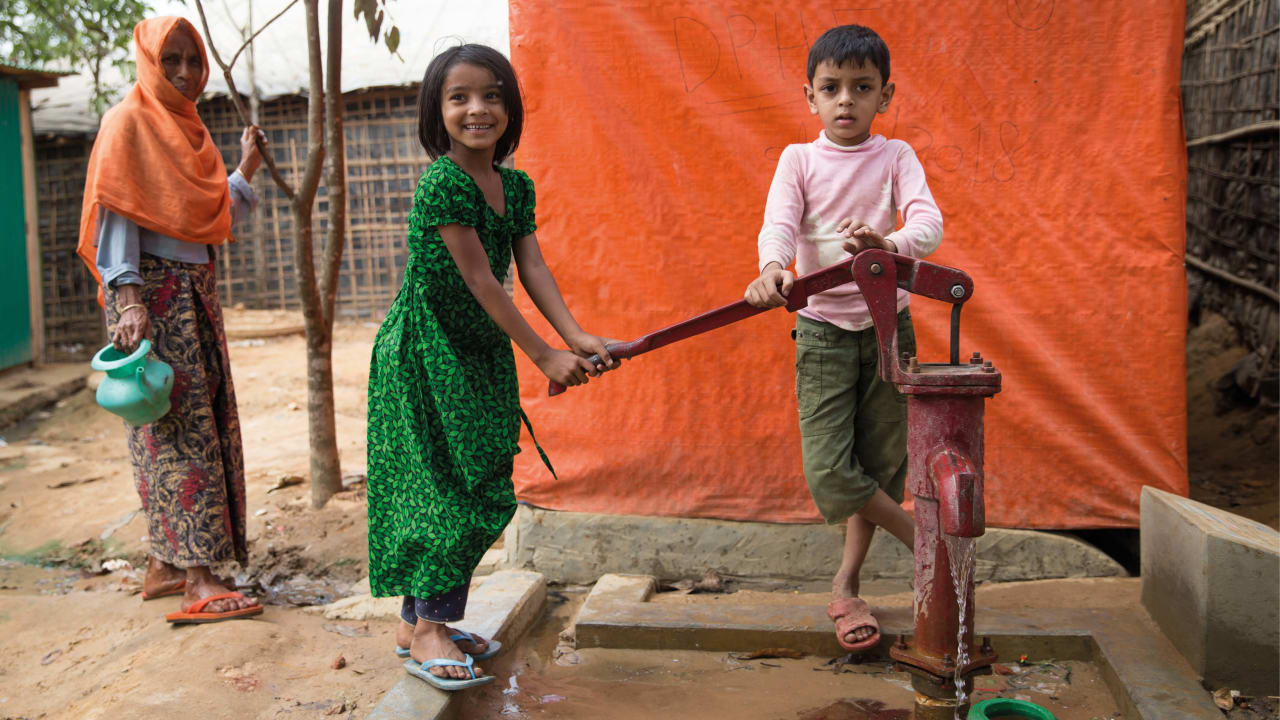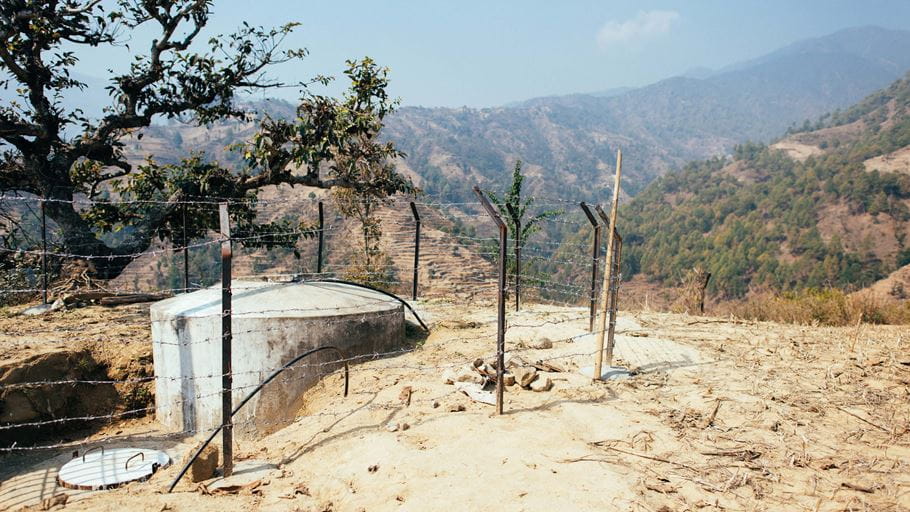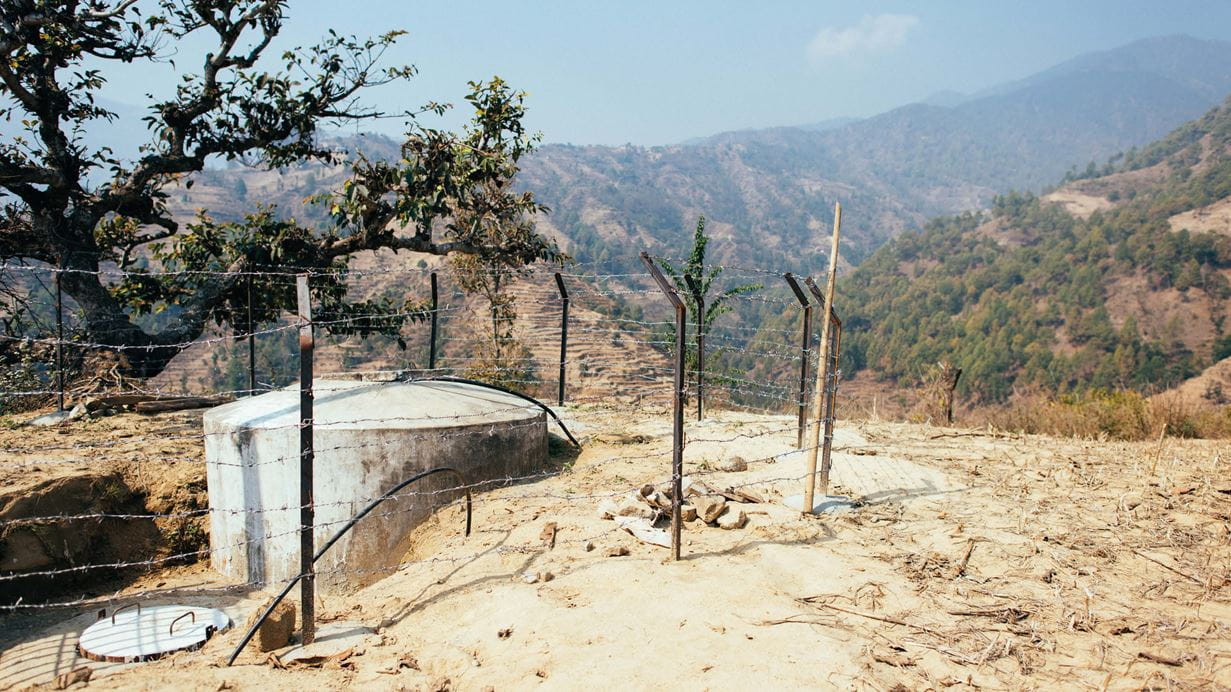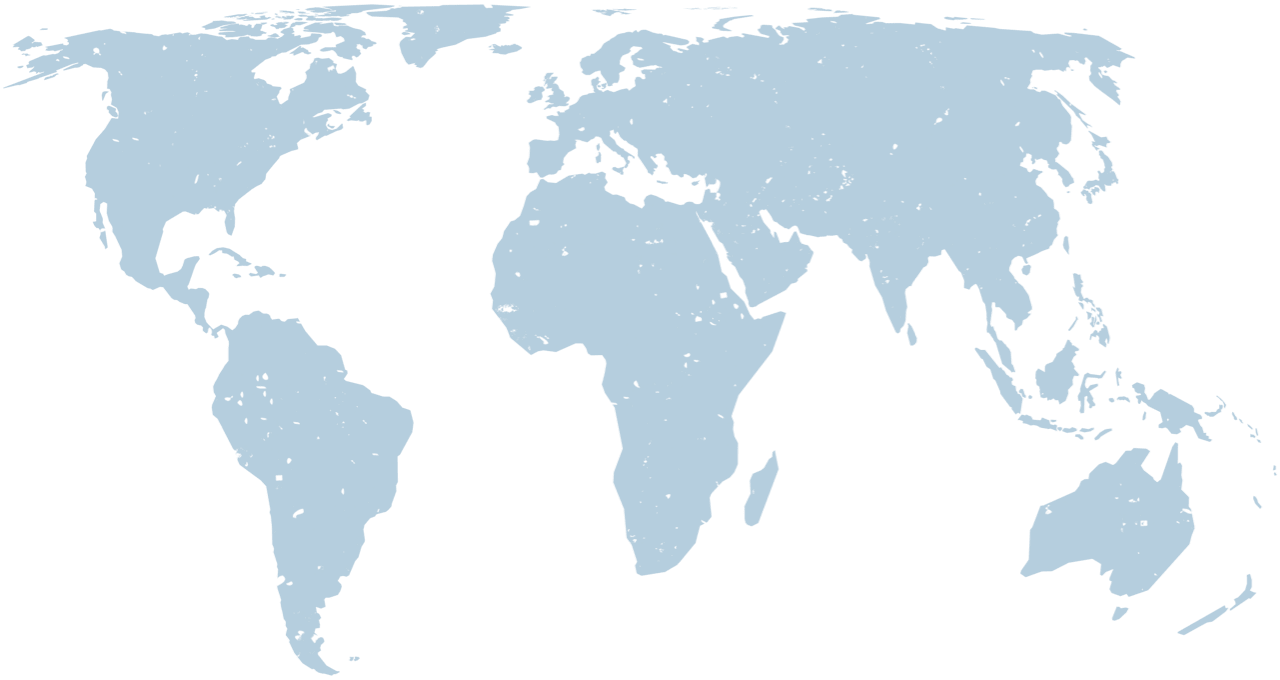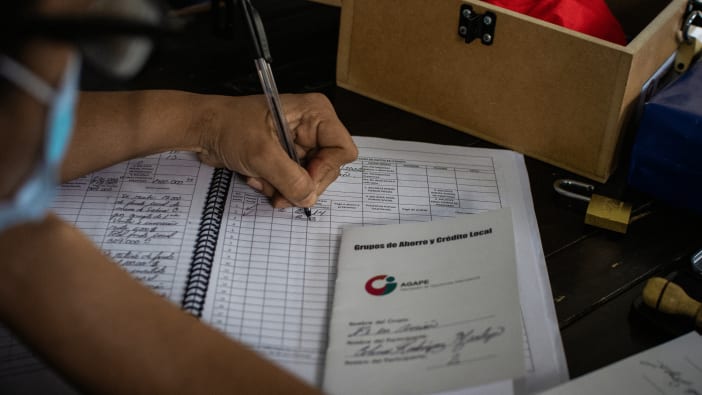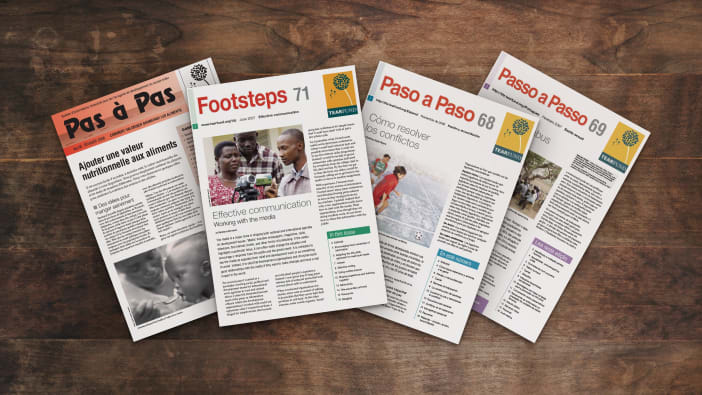Nearly two-thirds of the earth’s surface is covered in water. It fills streams, rivers, lakes and oceans. With so much water available, why do we have to pay for it? Why is it not free of charge?
There are several reasons why providing sufficient, safe water for drinking, cooking, bathing and cleaning is not free. It costs money to:
- find and protect water sources
- find alternative water supplies if sources dry up for a season, or longer
- bring water closer to where people use it (in or near their homes)
- make water safe to drink
- manage, maintain and repair water systems.
However, should people with low incomes pay the same amount as people with higher incomes? What about businesses? Should households that have water piped into their homes pay the same amount as those who collect it from a public water point?
It is possible to work out a payment structure based on what people can afford, as well as the service that is being provided. In some communities, it may be appropriate for low-income households to pay less than higher-income households for what the community agrees is an essential daily amount of water per person. This will reduce the spread of water-borne and other diseases in the community as a whole, while benefiting individual households who would not otherwise be able to access a source of safe and reliable water.
Whatever decisions are made, it is important to calculate a payment structure that is able to cover all the costs for providing water in the long term. These include:
- wages, training and travel costs for water-management staff
- regular running costs, such as generator fuel or electricity
- cost of basic repairs and maintenance
- cost of replacing old and worn-out equipment
- cost of extending the system to new homes and customers
- cost of collecting and analysing information to ensure the smooth running and timely maintenance of the system:
- amount of water extracted each month, usually measured by fitting meters
- pressure and rate of water flow at collection points
- water quality
- deterioration of equipment.


